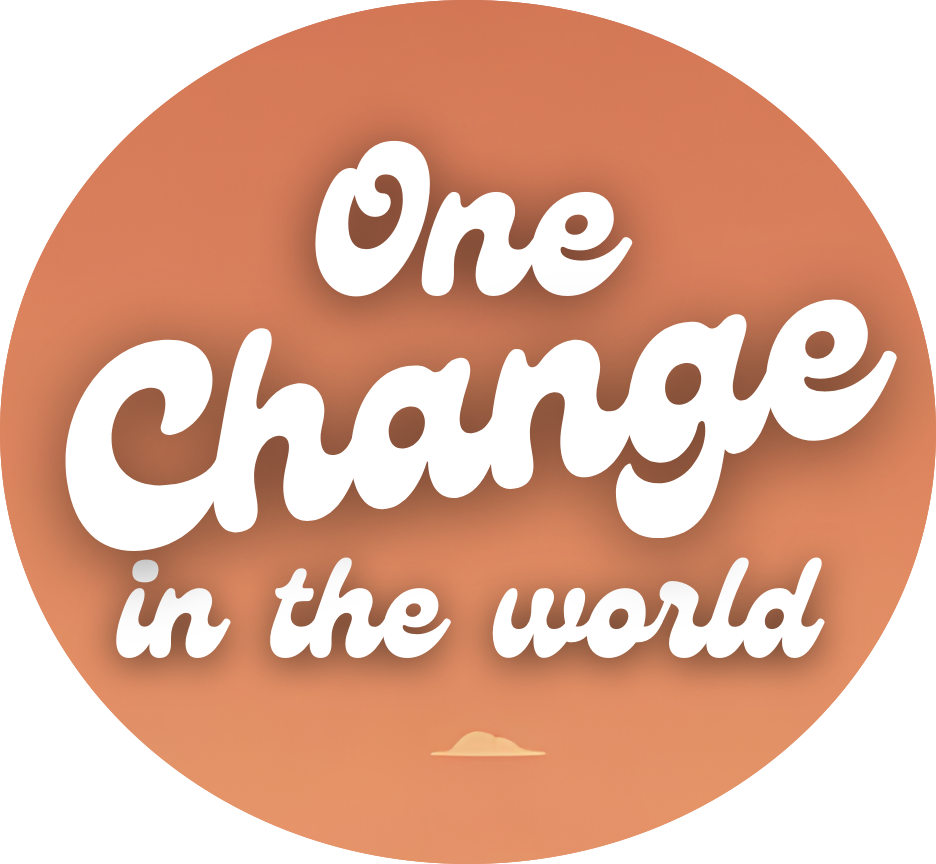→ The European Union is growing stronger
—Maastricht Treaty in 1992
—the European Monetary Institute in 1994, Madrid Summit in 1995 which chose the name of the euro, Euro put into circulation in 2002
—Treaty of Amsterdam in 1997 (modifies the modalities of representation of the EU by the small countries, as well as the community expenses in particular)
—Treaty of Nice on December 12, 2000, which integrates the European Charter of Fundamental Rights, determines the representation of the members of the EU)
→ The European Union’s openness
—the European Union enlarges for the third time on January1, 1995 (Austria, Sweden, Finland)
—Five Lomé conventions between 1975 and 2000 (in cooperation with the Third World)
—the Cotonou Convention took place in February 2000 and focused on political dialogue
—Europe represents 50% of world trade in goods and services
-in 2007, two new countries joined the EU: Romania and Bulgaria; in 2013 a new country: Croatia
→ Chronology of European construction
→ Disappointments in the European Union

—failure of the European Constitution rejected in France in 2005
—the European Union has been hard hit by the financial crisis that has affected the world since 2007
—the public debt crisis in European member states (especially Greece)
—Greece, Ireland, Portugal, Cyprus, Spain and Italy are the most affected
—Brexit
→ 20 contemporary history flashcards (1945–2017)
Originally posted on 24 August 2021 @ 11:12

Europe, which represents 50% of world trade in goods and services, what year was that? it looks pretty big to me